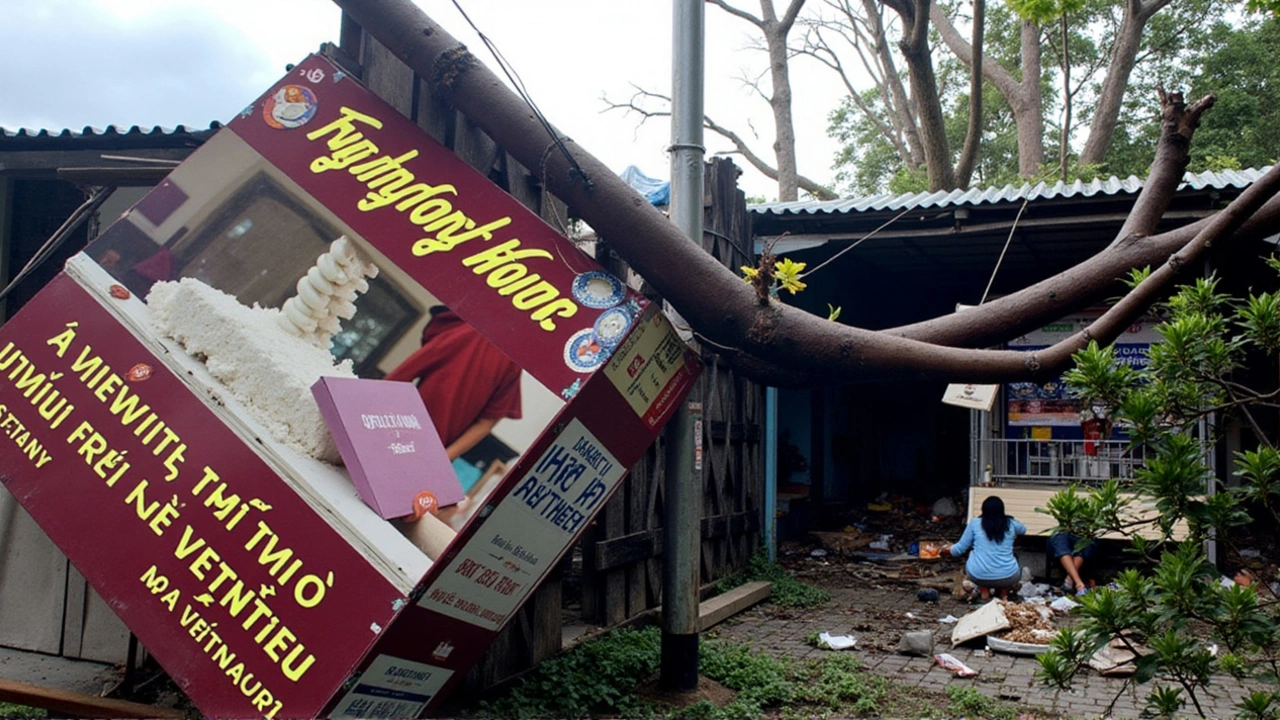Vietnam typhoon: safety tips, live updates and what to pack
Typhoons hit Vietnam regularly from June to November. If one is headed your way, you need quick, clear steps you can act on now. This page gives simple safety tips, where to get reliable updates, and what to prepare before, during and after a storm.
What a typhoon does: heavy rain, strong winds, storm surge and flash floods. Coastal areas face surges and wind damage. Upland provinces risk landslides. Cities can suffer power cuts and blocked roads. Knowing the likely impacts helps you plan the right actions.
Where to get live updates
Follow Vietnam’s National Center for Hydro-Meteorological Forecasting (NCHMF) for local warnings and forecasts. Check municipal or provincial emergency pages and official social media from local authorities. For international outlooks, use the Joint Typhoon Warning Center (JTWC) and NOAA. Local radio and community channels often share urgent evacuation notices faster than other sources.
How to prepare and what to pack
Secure your home: tie down loose items, clear drains, move valuables to higher shelves. Make an evacuation plan with family and pick a safe meeting point. Keep a printed list of emergency contacts including local authorities and your embassy if you are abroad.
Packing essentials: bottled water (at least three litres per person per day for three days), non-perishable food, flashlight and spare batteries, a battery-powered or hand-crank radio, a power bank, first-aid kit, prescription medicines, copies of ID and insurance in a waterproof folder, cash, a whistle, and warm clothing or blankets.
If you live in a flood zone, include rubber boots and plastic bags to protect documents. If you have a vehicle, keep the fuel tank at least half full and park on higher ground when possible.
Charge phones and power banks before the storm. Download offline maps and save important phone numbers. Tell a friend or relative your plan and keep checking for updates.
During the typhoon stay indoors, away from windows and glass doors. Move to the most secure room or an interior space on a higher floor if flooding starts. Do not walk or drive through floodwater — six inches can knock a person down, and one foot can float a car.
After the storm, watch for hazards: downed power lines, damaged buildings and contaminated water. Turn off gas and electricity only if the authorities advise. Take photos of any damage for insurance claims. If water quality is uncertain, boil or treat water before drinking.
If you need shelter, contact local authorities or humanitarian groups like the Red Cross. They can help with temporary housing, food and medical aid. Share verified information on social media but avoid spreading unconfirmed reports that cause panic.
Keep this page bookmarked or save the emergency checklist on your phone. Quick preparation and reliable updates make a big difference when a typhoon hits.
If you follow warnings early, you can avoid most risks. Share plans with neighbours and check on elderly relatives before and after landfall. stay informed daily.



